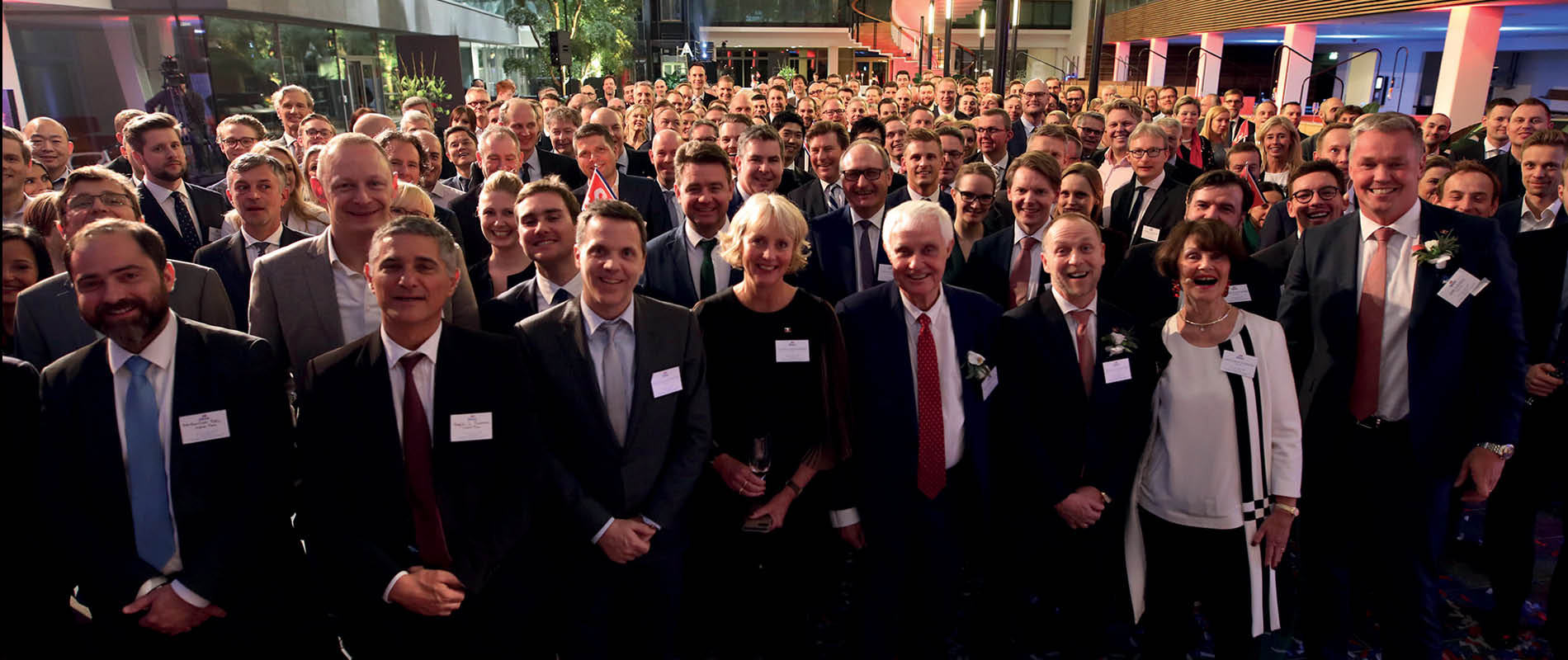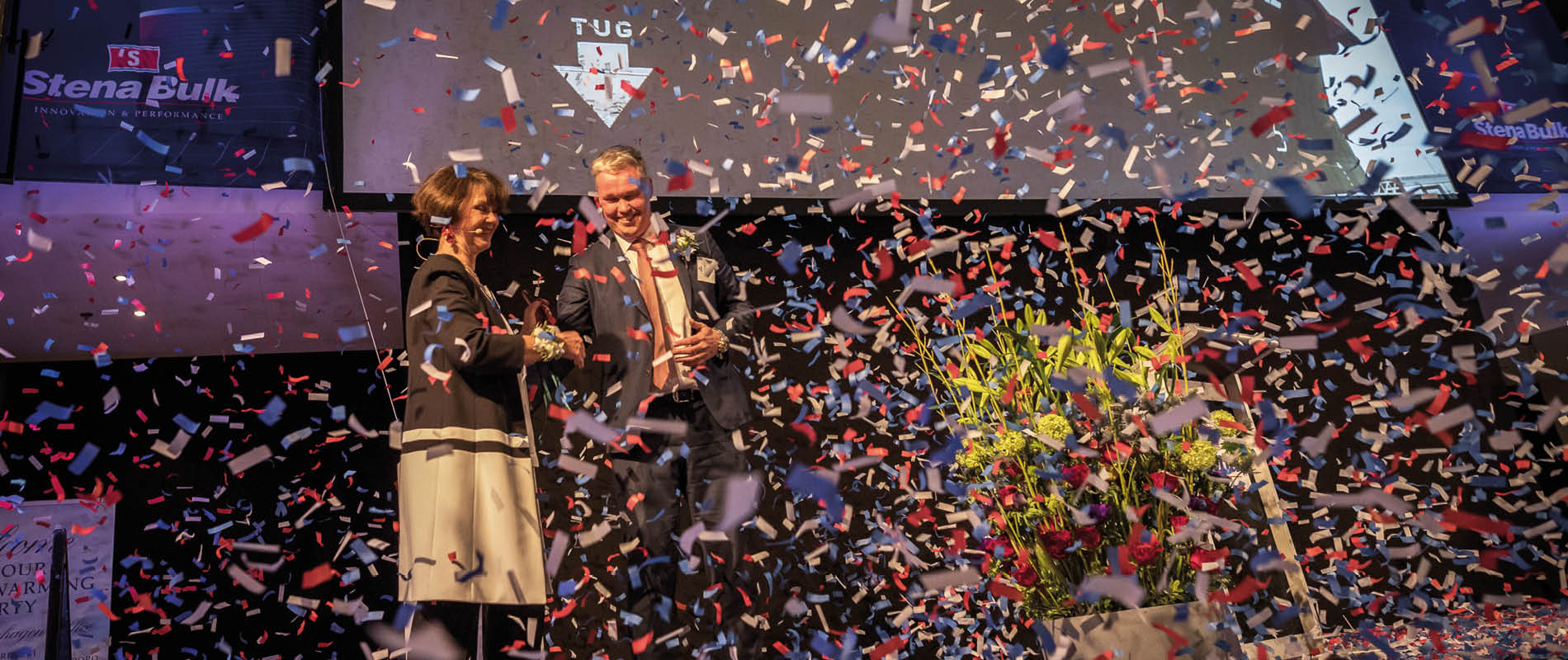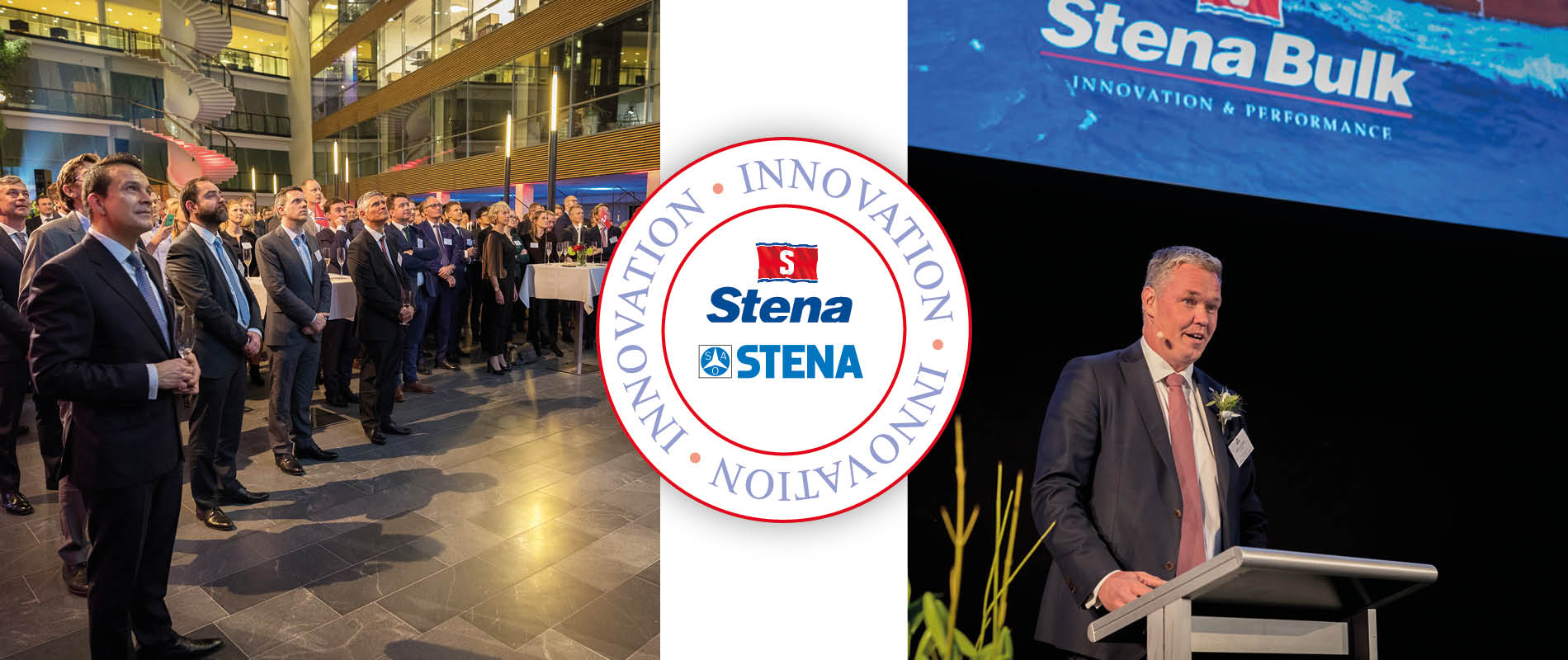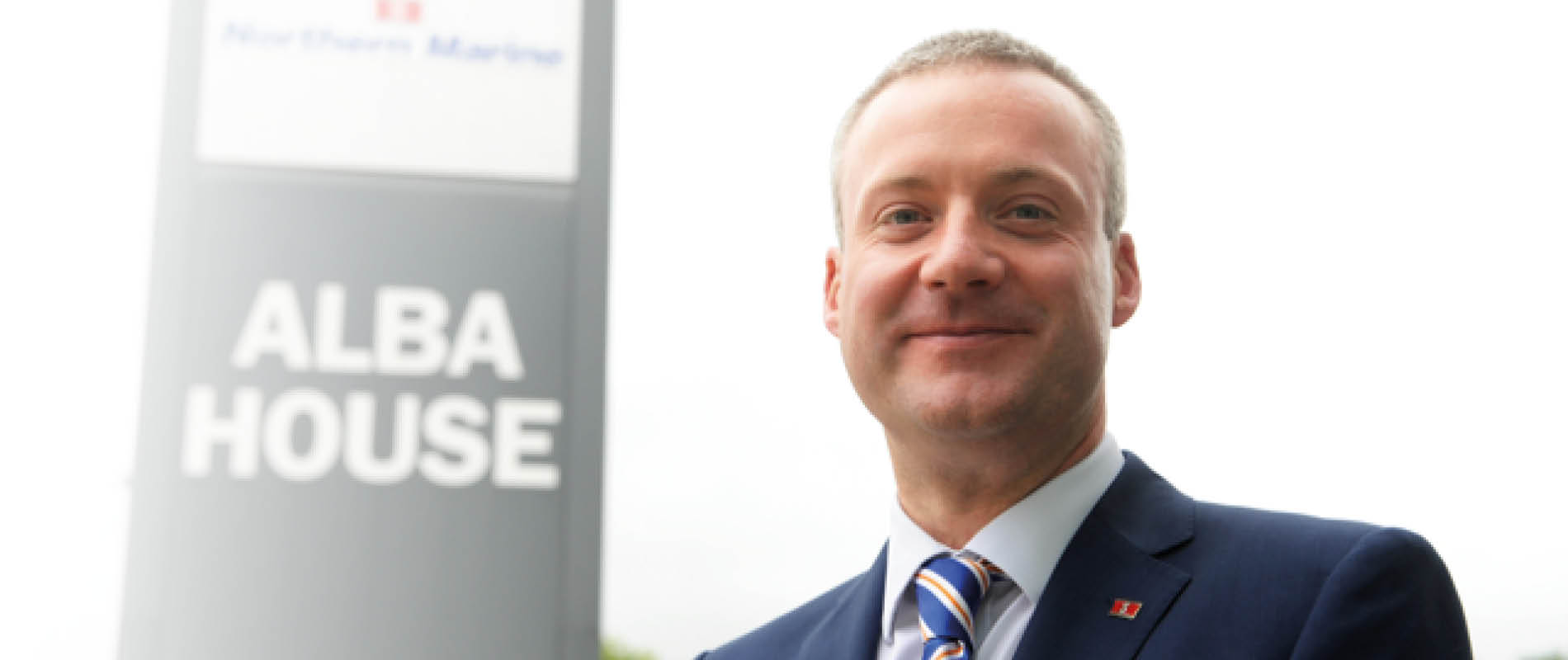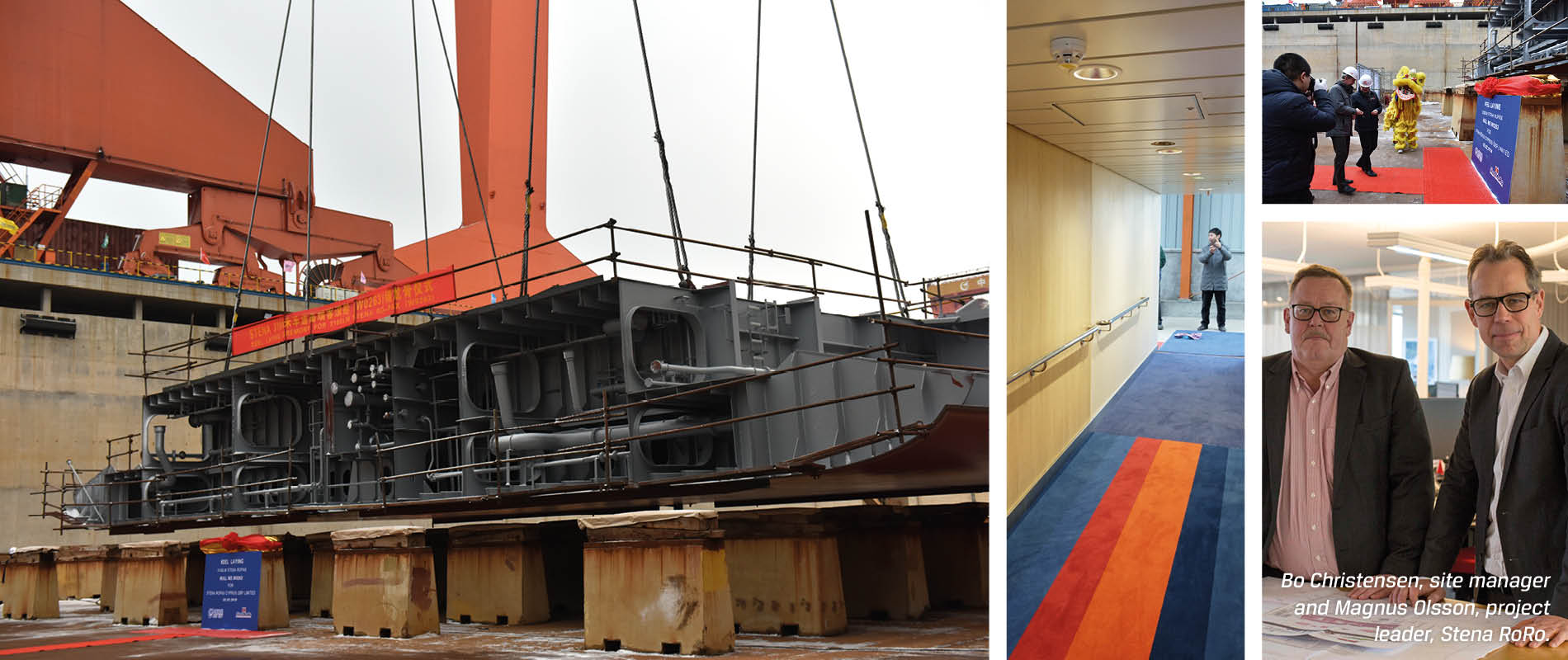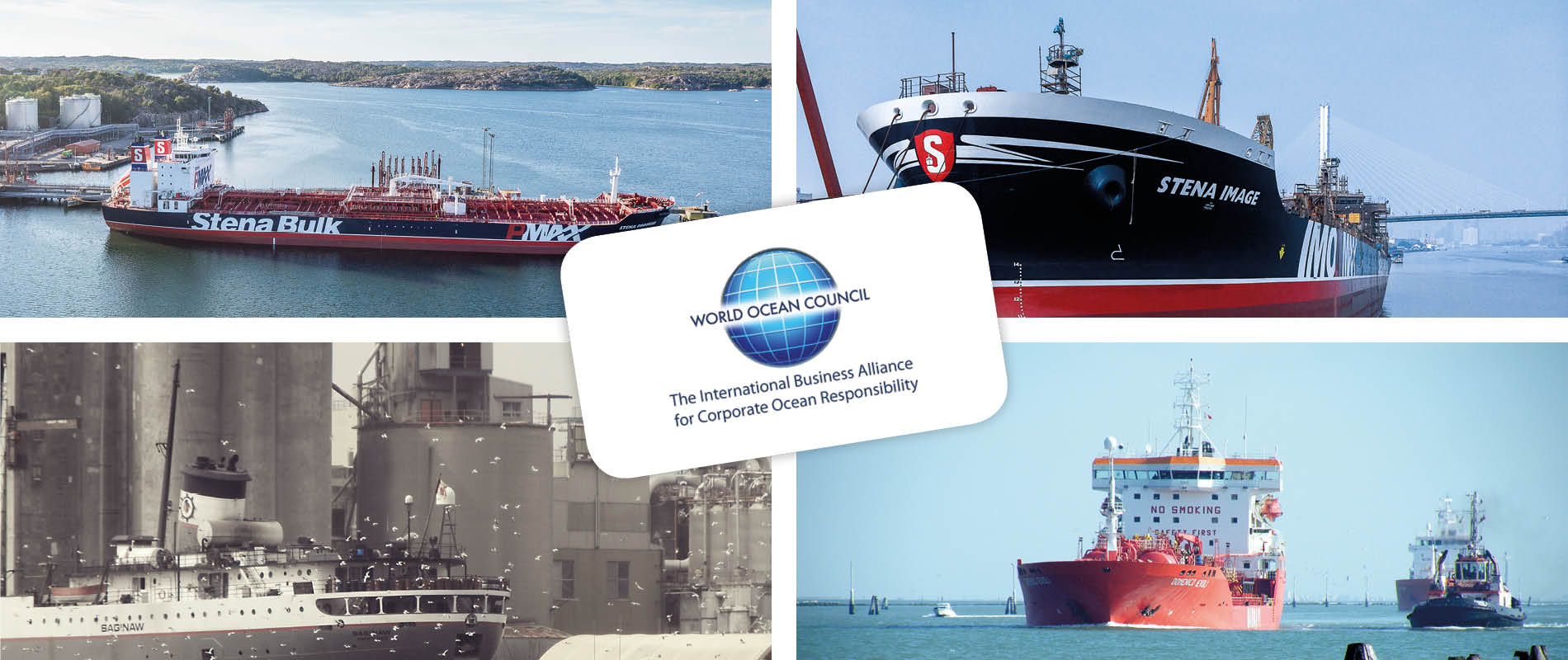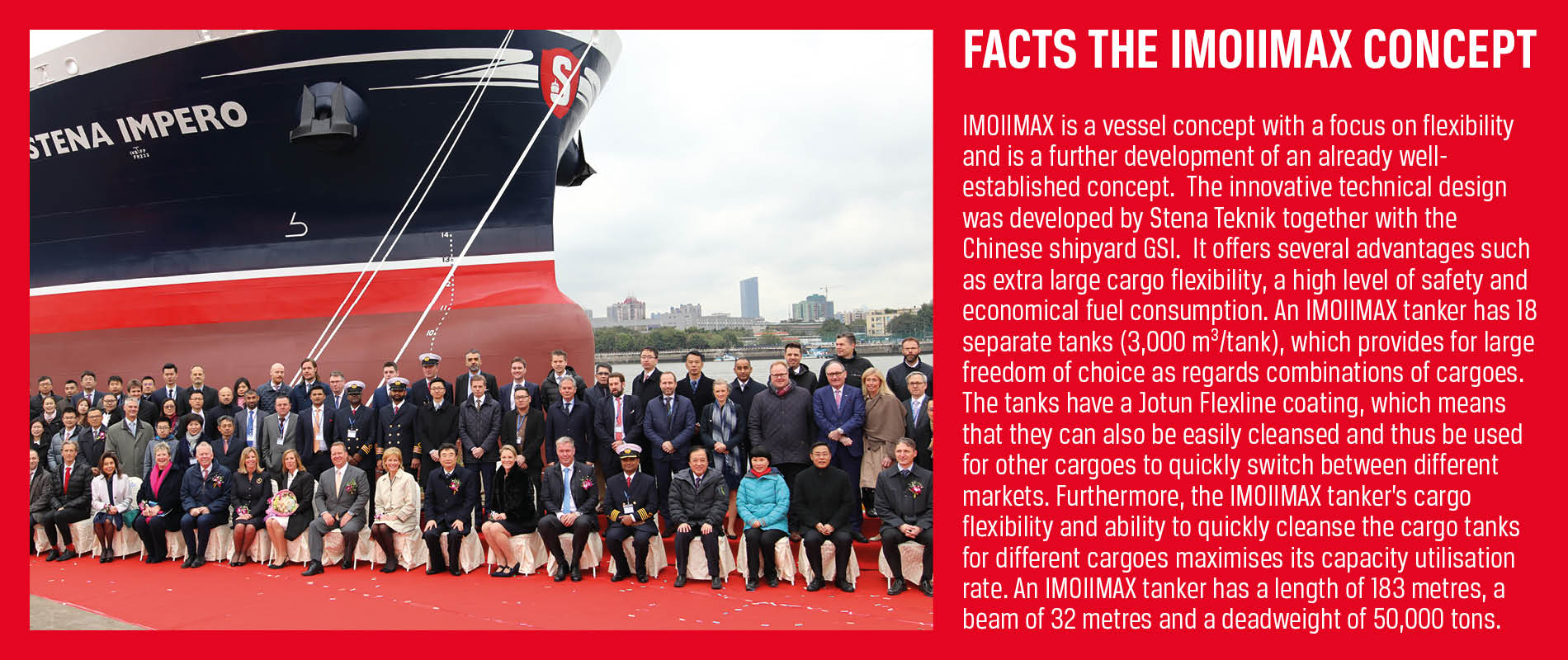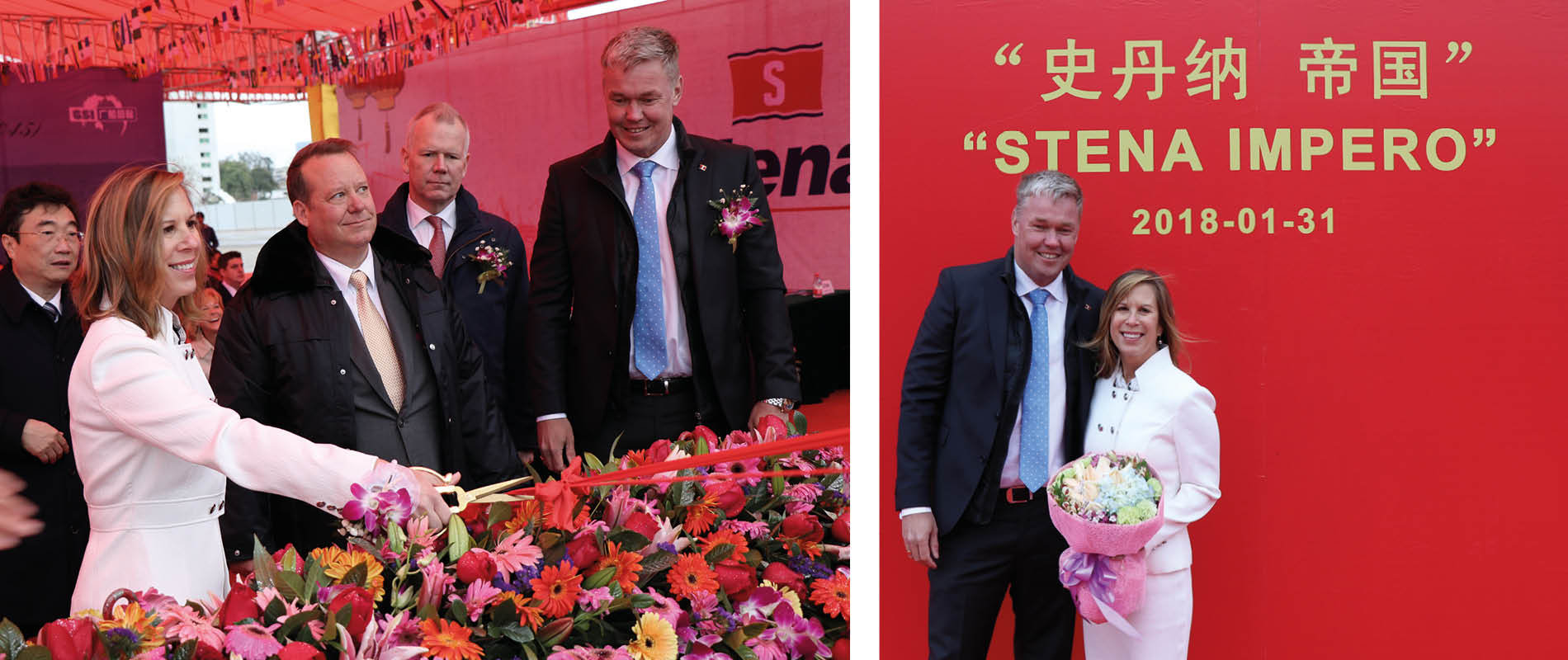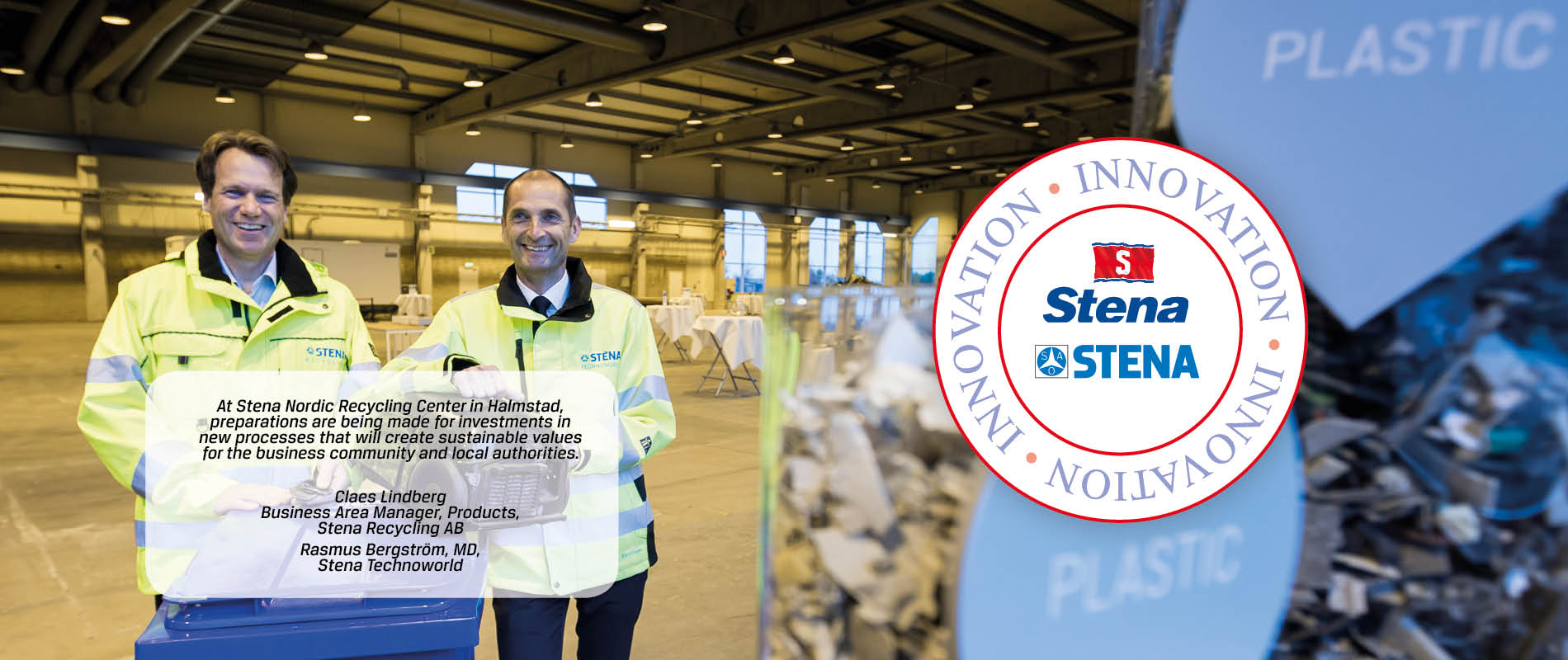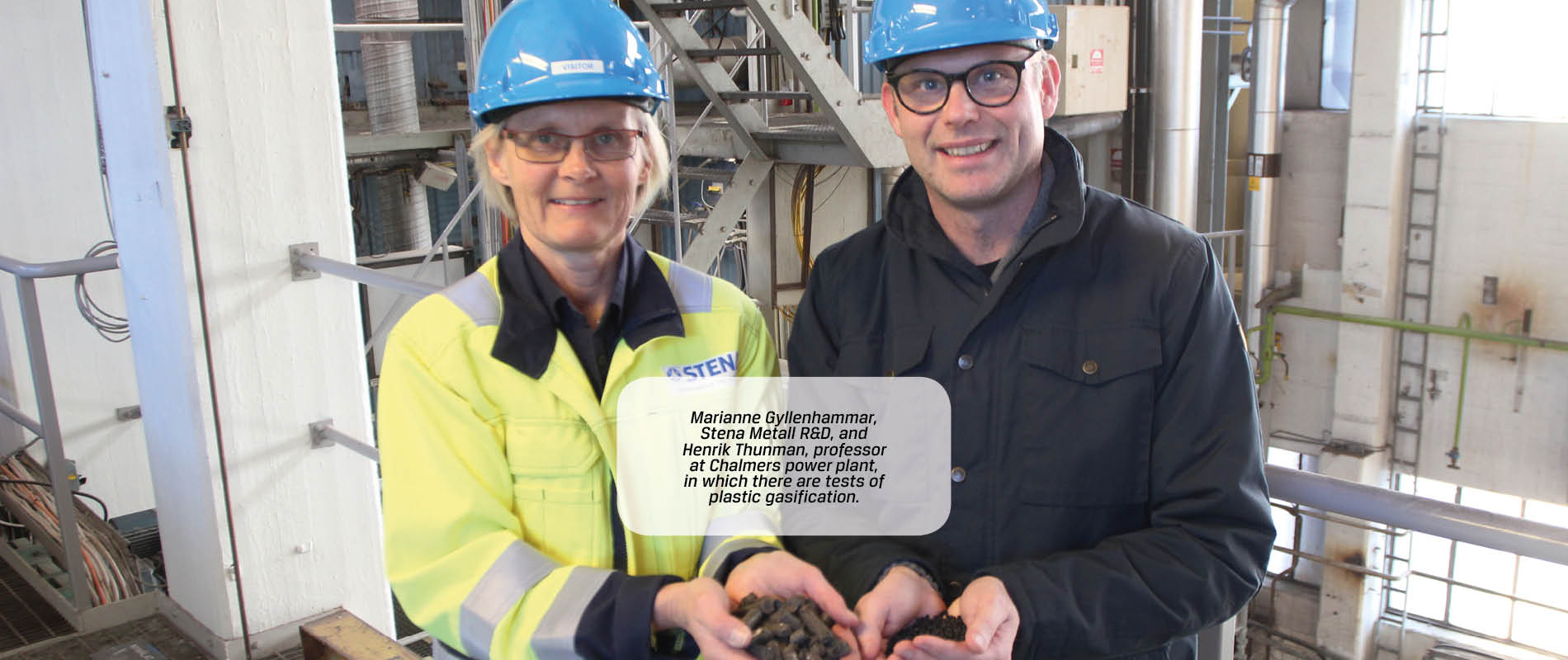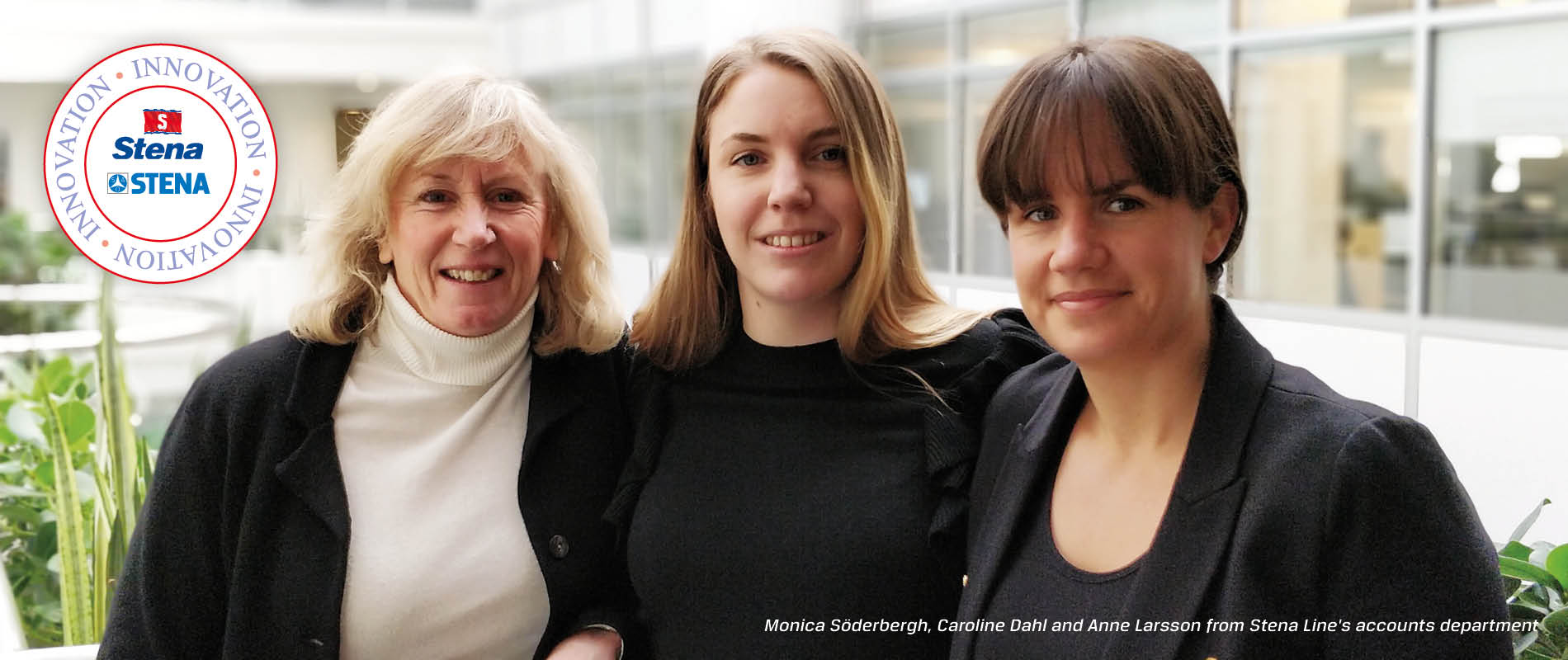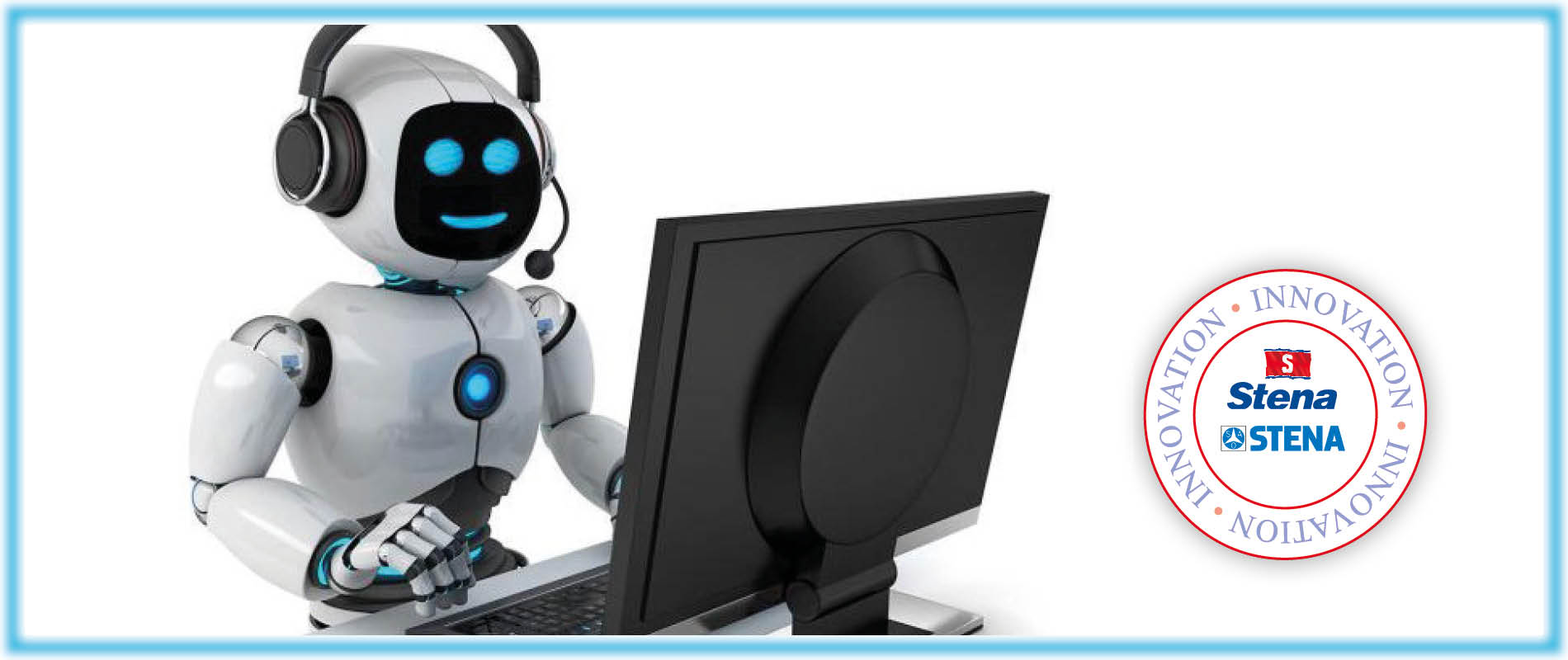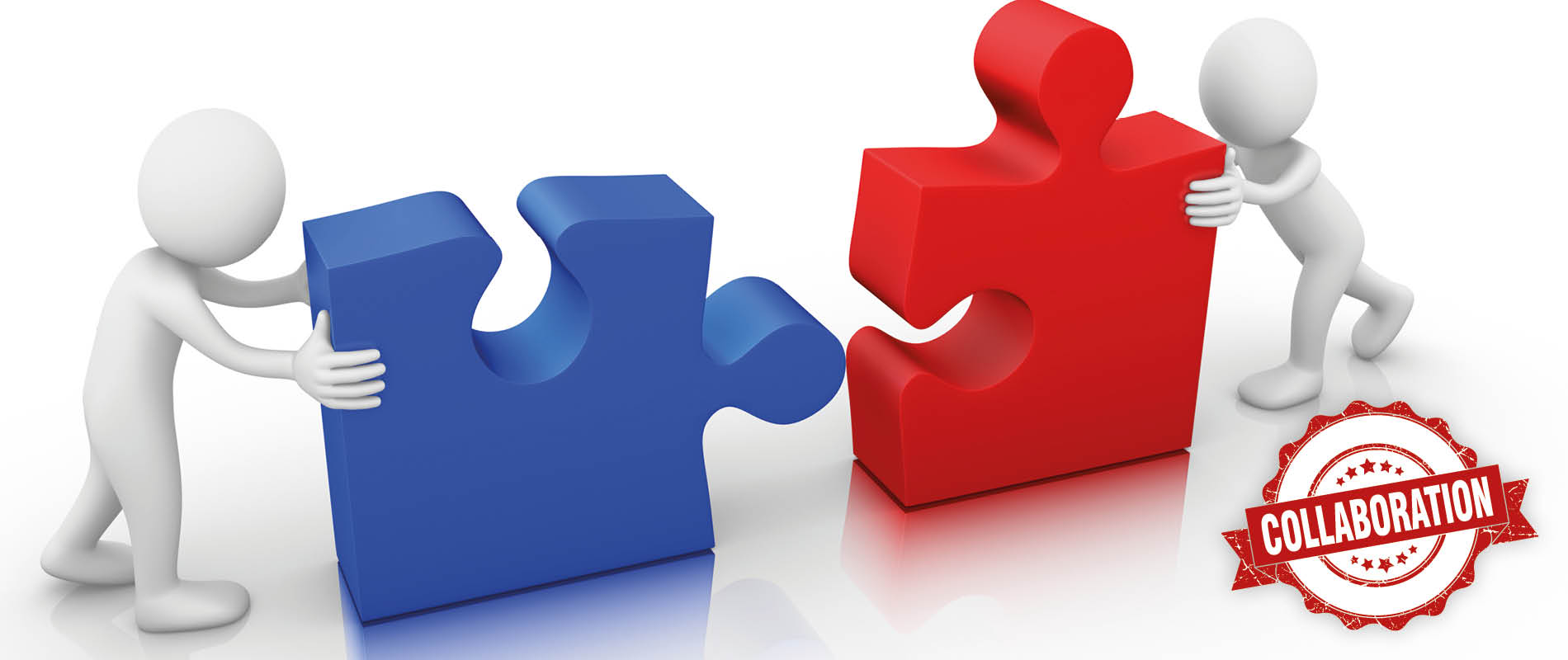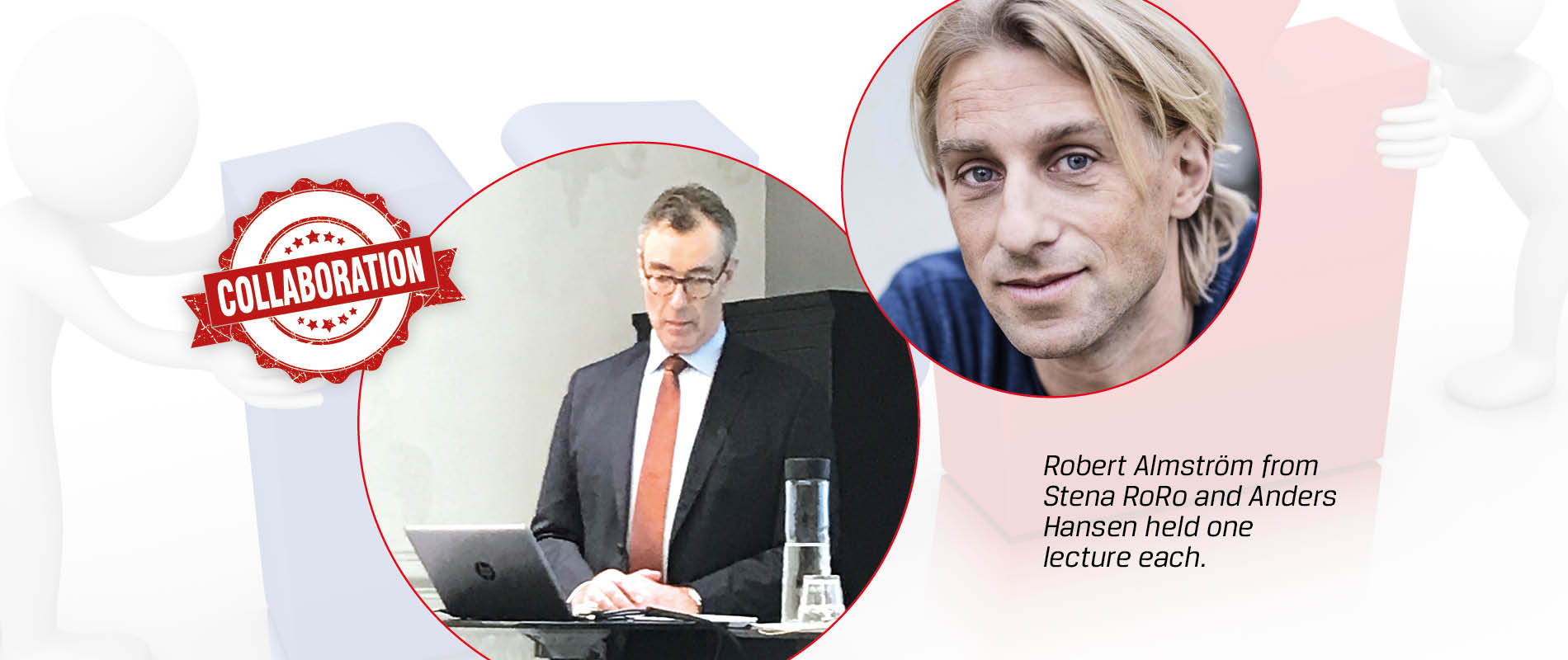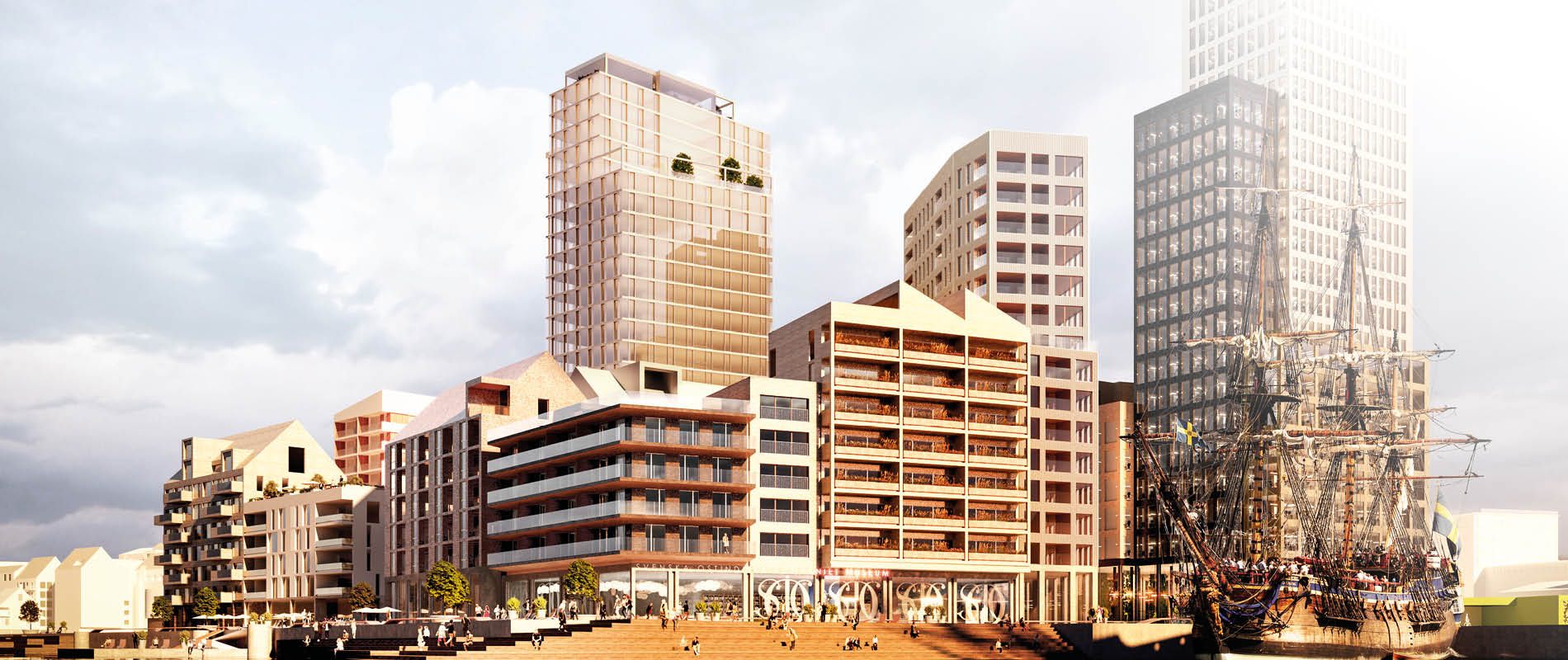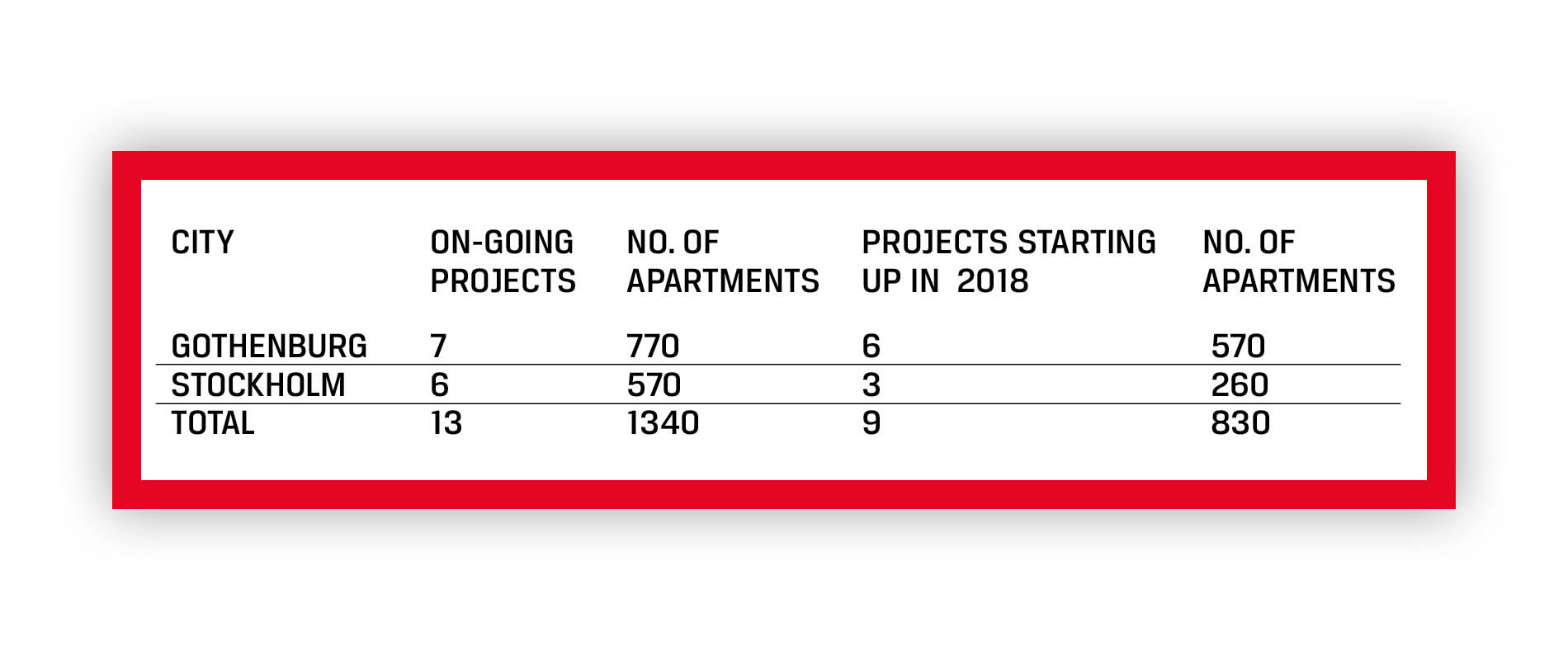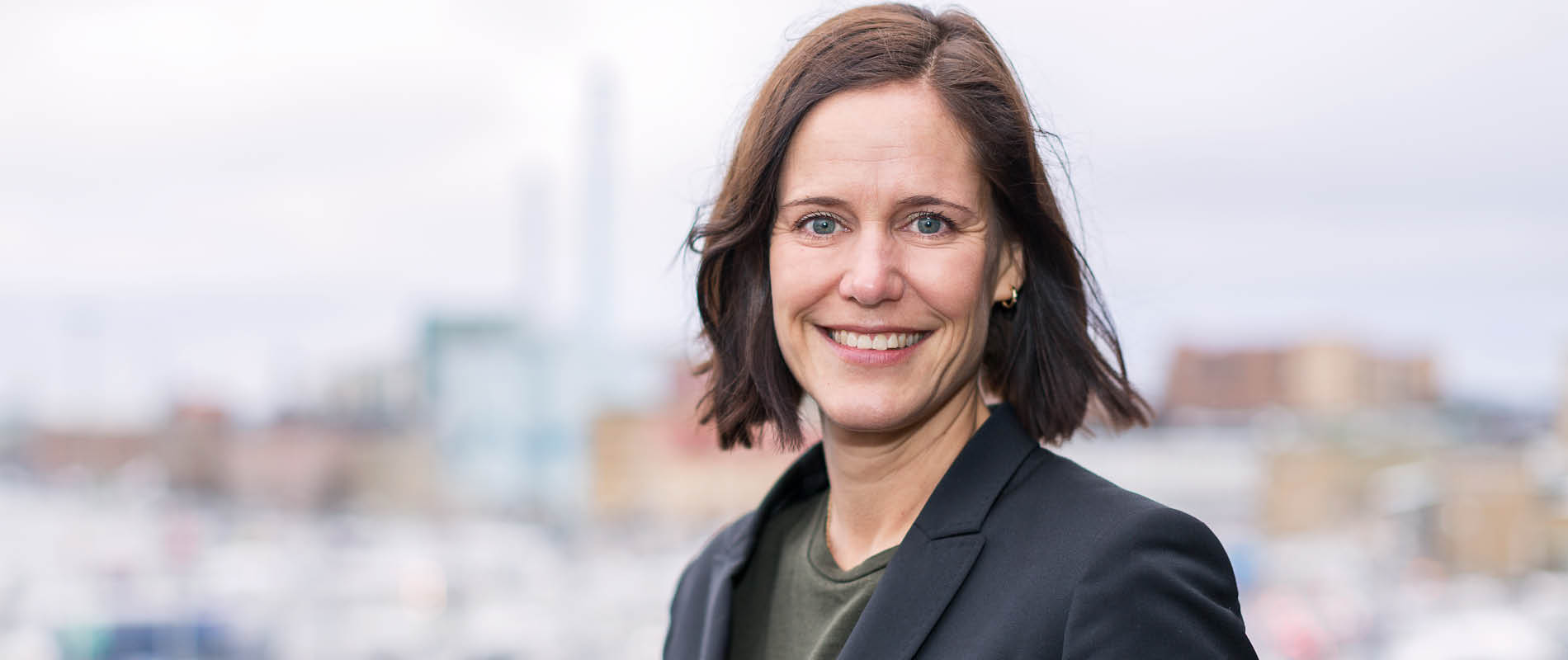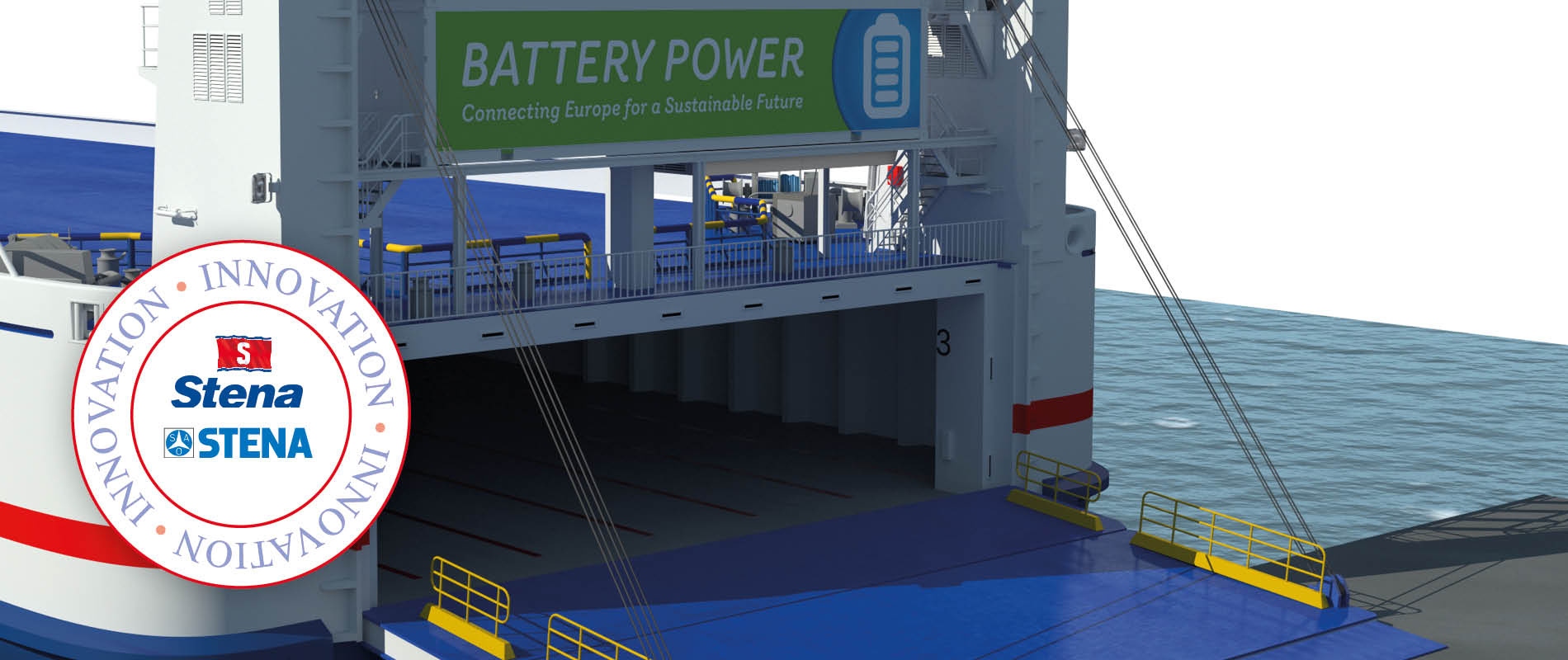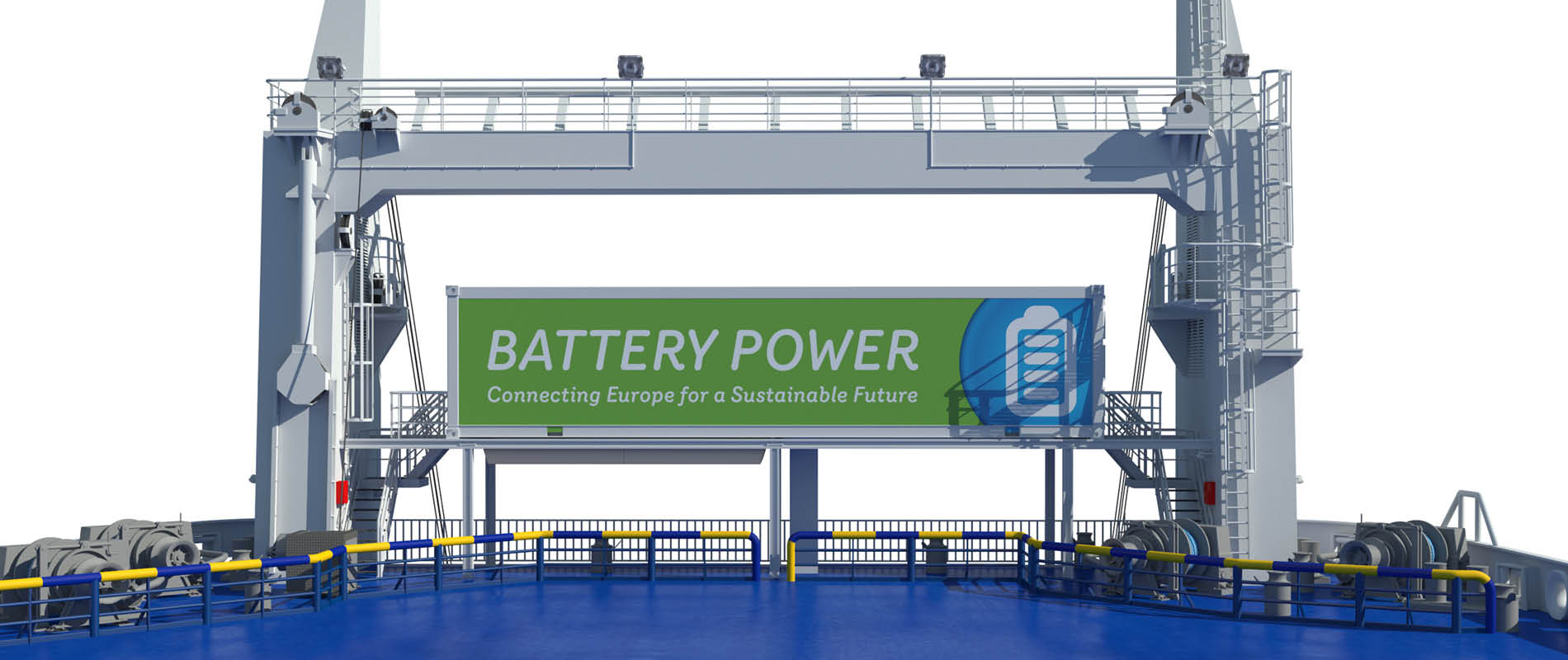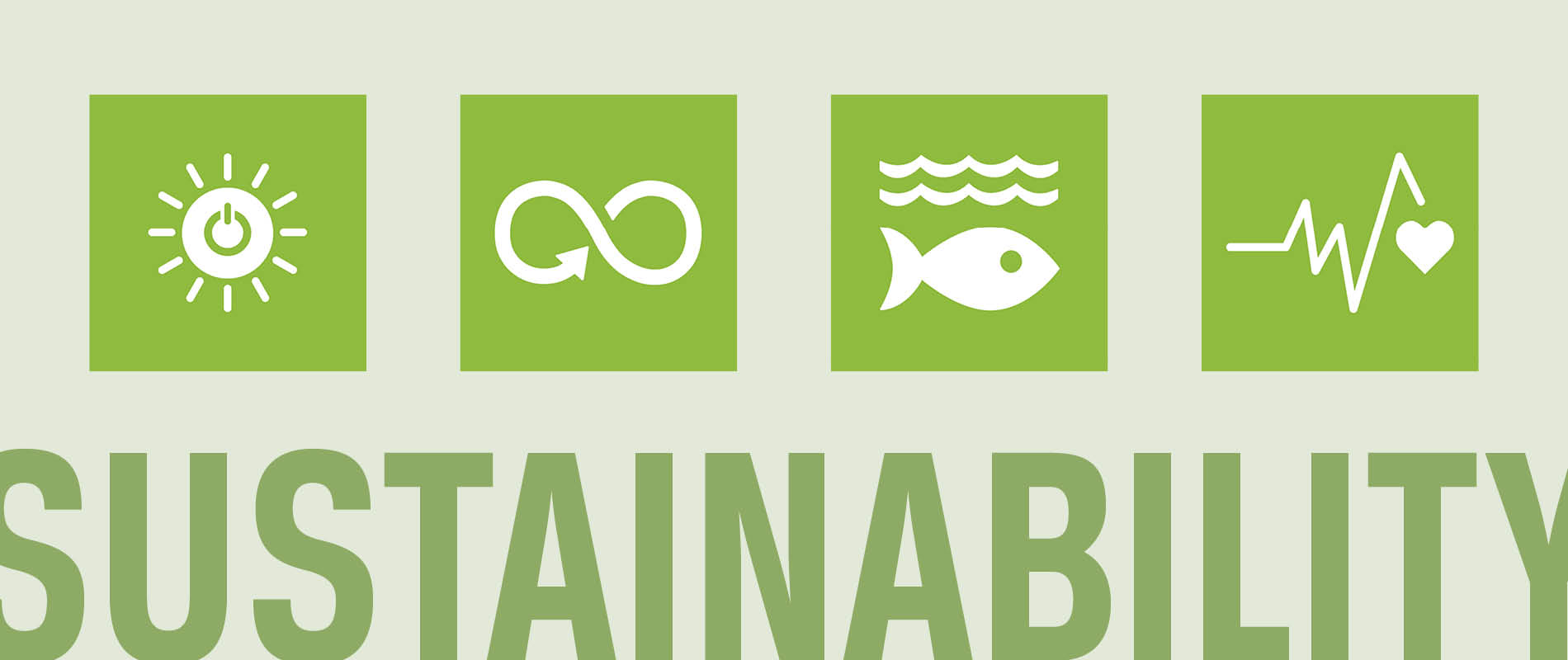IMPRESSIONS FROM DAVOS
Again it was time for the big global meeting in Davos. What is being discussed and determined among so many influential people reflects and will most likely affect the world during the coming year.
For the moment the world’s economies are doing pretty good. The US and China are increasing their pace. To the surprise of many Europe is also doing well. All EU countries show relatively good growth rates. Brazil has succeeded in implementing tough reforms, resulting in a kind of new growth renaissance. In approximate numbers, world growth is increasing from 2.5% to 4% this year. Such increase in growth is about huge volumes, which in turn lead to improved volumes and margins for companies leading to new jobs and new investments. The threat of a new financial bubble does not seem to be close. The banking system has been strengthened. However, the new credit products, for example SMS loans and credits without collateral, outside the banking system, may crash. Hopefully, it will not lead to a new systemic crisis. Interest rate increases are underway in a controlled manner.
Millions of people are lifted out of extreme poverty annually and come into contact with more modern civilization. Unemployment decreases everywhere. The threats are, in principle, not economical but instead have to do with the distribution of economic resources. As we are aware new types of exclusion are evolving. It is beyond my ability to address them. However, we at Stena are able to contribute by always thinking in inclusive terms. Through care and a sustainable mindset, we can make our contribution.
Our time is amazing in that virtually all leaders in the world understand the importance of thinking inclusively and holistically. International cooperation is taking place not only in the United Nations, but charity organizations appear everywhere and cooperate with each other. This year we have decided to participate in the WEFs (Word Economic Forum Foundation) Stockholm Center for the development of the digital part of the Fourth Industrial Revolution. There will be five such centers in the world with headquarters in San Francisco. We are respected for our development in the digital field. We have not yet started with blockchain technology. It is my hope that our cooperation with WEF will enable new applications in this area for Stena to play a trustworthy role in a seamless supply chain with our customers and suppliers.
Out of the five hundred largest listed companies in the US, 80% are classified as digital. Of course, we must be part of the use of digital production technology in our operations, and also in the form of new products and services, both in existing companies and possibly in new ones.
Among the lectures, I was most fascinated by the consultancy company Bains breakfast meeting on how to win the consumer’s soul and heart leading to brand awareness. Thirty factors have been determined. The most successful consumer companies manage to cover ten of these. The factors are divided into the Maslow hierarchy of needs with fourteen basic factors, ten emotional ditto, five lifestyle factors and finally social recognition and self-esteem. In addition to Apple, Amazon and some digital companies, LEGO stands out. I think we should check how many of the factors we cover in an adequate way.
For seven years, we have supported the World Ocean Health Index. The index intends to measure the status of the ocean in different areas. Twenty-eight countries have joined. In fact, we have been the biggest contributor not only financially but also thanks to a solid work by Ken McLeod. Last year, our Deputy Prime Minister Isabella Lövin called for a UN-led conference together with the Fiji Islands, in Washington.
Now, Isabella, together with Erna Solberg, Prime Minister of Norway, has started an association Friends of the Oceans which we have joined. As user of the ocean for our environmentally friendly transportations, it is extremely important that we contribute to its good health. Through the IMO’s provisions on shipping’s environmental liability for ballast water discharge and distribution the environmental impact of international shipping is or will be close to zero. Nevertheless, our responsibility increases over time. It is important that we are part of the solution, not the problem. With scrubbers, new fuels and electrical operation, we will in manageable dimensions continue to drive the development.
Dan Sten Olsson
February 2018



